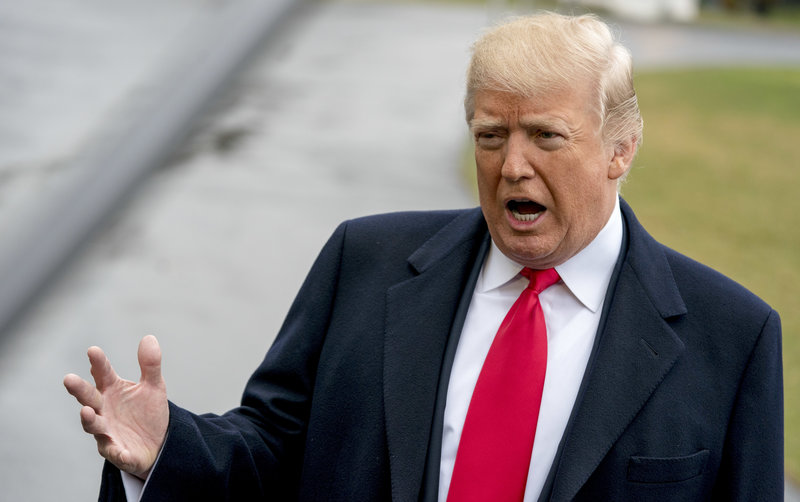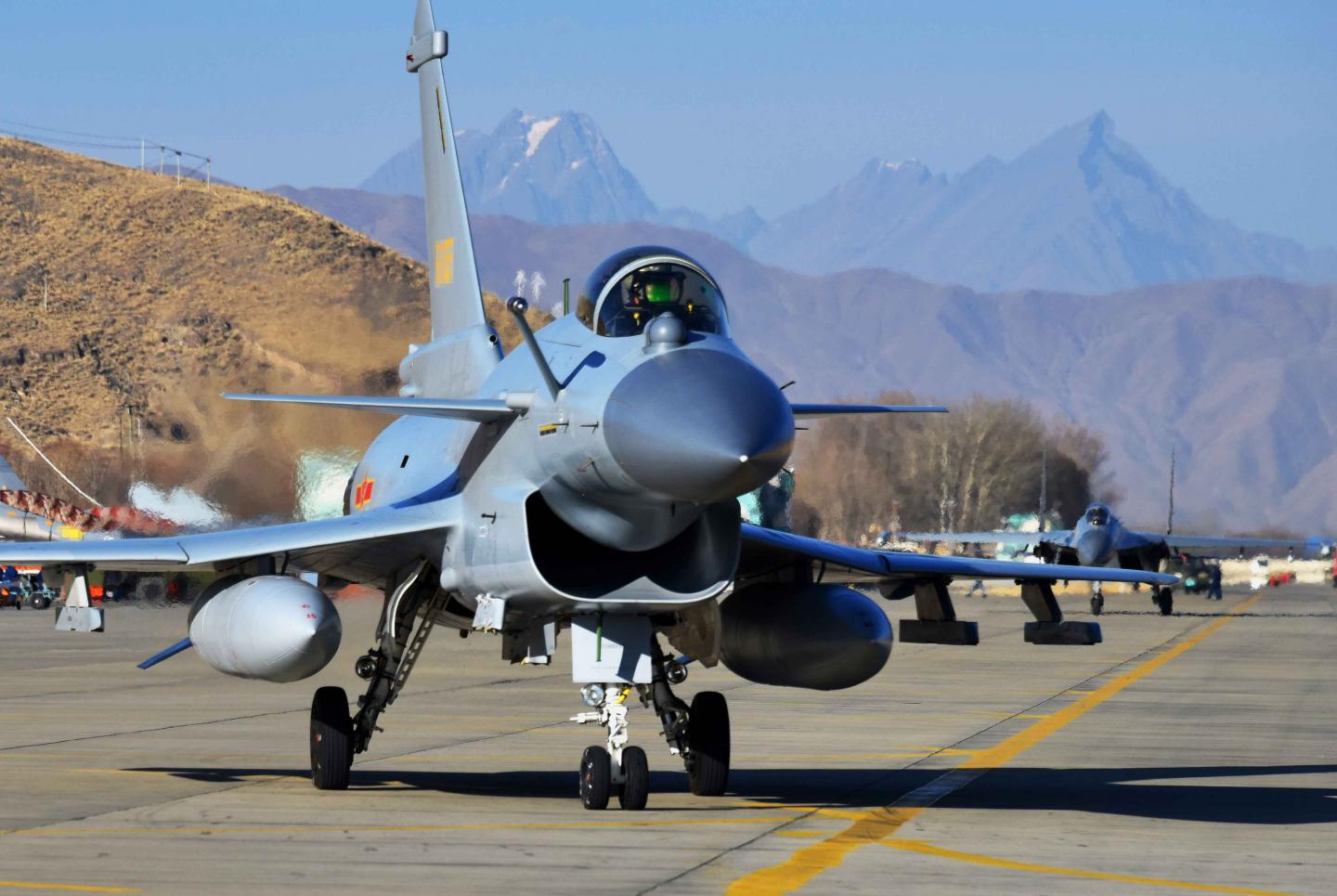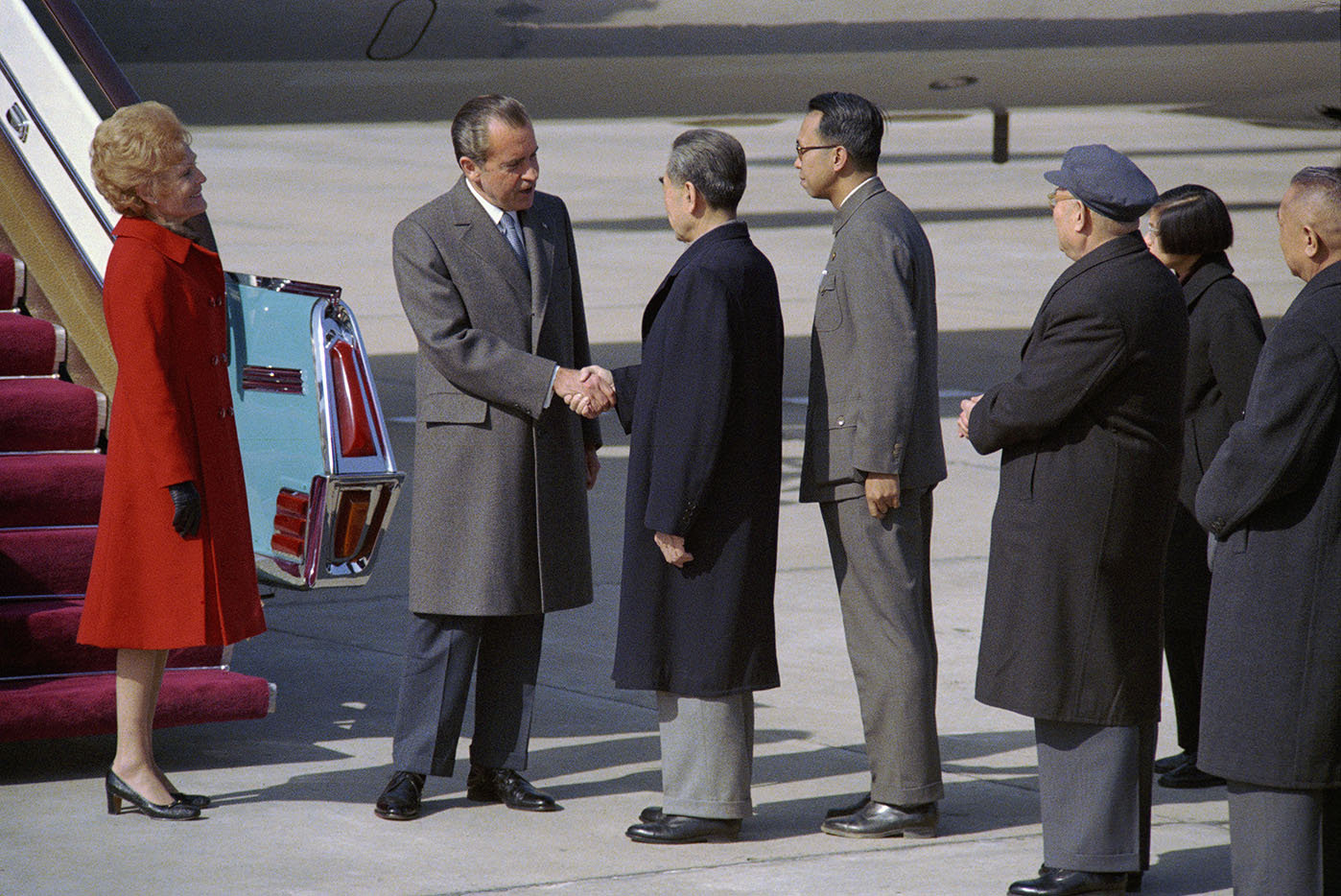
 A Week of Developments Related to North Korea
A Week of Developments Related to North KoreaThis morning, President Trump announced that the U.S. would launch a new package of sanctions against North Korea. As he put it, the package would be the "largest-ever" and would target more than 50 vessels, shipping companies and businesses that are assisting North Korea in evading international sanctions. Experts continue to disagree about the effectiveness of sanctions. China-US Focus contributor Yasheng Huang argued that sanctions "should be tightened even further," as economic hardship may induce Pyongyang to change its nuclear policy. Conversely, contributor Wang Fan argued that economic sanctions and military pressure will only make the regime "more likely to cling to nuclear weapons." The U.S. Treasury Department, which implements sanctions, released the list of sanctions targets this morning.
The sanctions are part of a long-standing effort by the international community to combat sanctions evasion via ship to ship transfers, the latest allegation of which came on Tuesday when the Japanese government announced that it had witnessed a cargo transfer between a North Korean-flagged ship and a Chinese ship 250km off the coast of Shanghai. This is a suspected violation of UN sanctions on North Korea. The transfer was witnessed by a Japanese maritime surveillance plane on February 16. Japan has reported the incident to the UN Security Council. Chinese foreign ministry spokesman Geng Shuang said China was "highly concerned" and would "seriously deal" with any Chinese individuals or enterprises found to be involved in the incident.
On Wednesday, Business Insider reported that North Korea operated at a $1.7 billion trade deficit with China in 2017, according to data from China's General Administration of Customs. The figures suggest that UN sanctions on the buying of coal, iron, gold and other metals and minerals from North Korea have caused a sharp drop in outbound trade. However, the data also suggest that North Korea may have another unknown source of income that defies international law, potentially the mining and hacking of cryptocurrencies. A recent report by threat intelligence firm Recorded Future stated that North Korean state-sponsored cyber operations targeted cryptocurrency exchanges and users in South Korea in late 2017, before the recent detente in relations due to the Pyeongchang Olympics.
 U.S. Blocks Semiconductor Deal with Chinese State-Backed Fund
U.S. Blocks Semiconductor Deal with Chinese State-Backed FundThe U.S. Committee on Foreign Investment (CFIUS), the multiagency panel responsible for reviewing the national security implications of foreign investments in U.S. companies, has effectively blocked another Chinese technology investment deal. Xcerra, an American electronics company, announced its decision to pull out of the company's planned sale to a Chinese state-backed investment group today. Xcerra's chief executive David Tacelli stated, "Despite our best efforts to secure approval, it has become evident that CFIUS will not clear this transaction." The shutdown is the latest in a string of CFIUS disapprovals that have spanned U.S. administrations.
It is not uncommon for CFIUS to block acquisitions, but recently there has been intensified scrutiny toward China and the technology field in particular. As China continues ambitiously towards Made in China 2025, a plan to "dominate cutting-edge technologies like advanced microchips, artificial intelligence and electric cars," officials in Washington have raised concerns over sharing advanced technology with China. The issue was mentioned in the recent Nuclear Posture Review.
Xcerra is a semiconductor testing company, which is a sensitive sector due to the fact that such companies often make technology that can have military uses. However, it is not only semiconductor deals that have been halted by CFIUS. At the beginning of the year, the committee blocked Ant Financial, a Chinese financial technology company, from acquiring U.S. money transfer company MoneyGram. China-US Focus contributor Ben Reynolds estimates that "rising pressure from U.S. domestic industries, Congress, and the White House will only increase the likelihood of such actions by the CFIUS in coming years."
 Chinese Show of Air Force Strength on Border with India
Chinese Show of Air Force Strength on Border with IndiaTensions between China and India in their border region could be set to flare up again. A Chinese state media outlet announced this week that China is strengthening air defenses in the area as a deterrent to India. Both Chinese and Indian troops have been stationed at the China-India border since the Doklam standoff ended in late August 2017.
On Tuesday, the English language website run by the People's Liberation Army published an article stating that fighter jets had recently conducted training exercises in western China over the spring festival. Song Zhongping, a Chinese military expert and TV commentator, told the Global Times: "India is gearing up already, so it's necessary for China to prepare for a possible military confrontation."
China-US Focus contributor Wang Zhen wrote last year that in "a strategic competition, India enjoys no advantage. . .the Doklam standoff is nothing but a reflection of its fear of and attempts to obstruct China's rise." China-India relations have faced recent strains due to India's resistance to the Belt and Road Initiative, in particular the China Pakistan Economic Corridor. In an article for Forbes this week, economist Salvatore Babones wrote, "So far, politics and geography have prevented Asia's two continental giants from working together for their own mutual benefit. The geography can be overcome. The politics are more formidable."
 This Week in Chinese History
This Week in Chinese HistoryThis week in Chinese history, on February 21, 1972, Richard Nixon became the first U.S. president to visit the People's Republic of China since its founding in 1949. The visit had huge geopolitical significance, normalizing relations between the two countries. Nixon called the visit "the week that changed the world."
Nixon met with both Chairman Mao and Premier Zhou Enlai during his visit. The latter meeting resulted in the Shanghai Communiqué, issued on February 28, 1972. This was a joint statement by the United States and China concerning China-U.S. relations, trade, Taiwan, and the Asia-Pacific region. Significantly, in this statement, both sides agreed that their relations would be built upon the principle of peaceful coexistence, including efforts to "broaden the understanding between the two peoples" and consider bilateral trade as an "area from which mutual benefit can be derived." In this statement, the U.S. declared its acknowledgement that "all Chinese on either side of the Taiwan Strait maintain there is but one China and that Taiwan is a part of China." After President Nixon's visit to the PRC, China-U.S. relations began to warm, leading up to the normalization of relations.
Prepared by China-US Focus editorial teams in Hong Kong and New York, this weekly newsletter offers you snap shots of latest trends and developments emerging from China every week, while adding a dose of historical perspective.
- 2018-02-16 Cui Tiankai says U.S. Should Not Advocate Confrontational Strategy Towards China
- 2018-02-09 China Releases the “No.1 Central Document” Containing New Rural Policies
- 2018-02-02 Wang Qishan Appointed to the National Legislature
- 2018-01-26 New Edition of the Focus Digest
- 2018-01-19 South Korea and North Korea to Compete Together at the Winter Olympics
- 2018-01-12 U.S. House of Representatives Passes Taiwan Bills
- 2018-01-05 U.S. Rejects Sale of Moneygram to China’s Ant Financial
- 2017-12-22 Trump’s National Security Strategy Labels China a “Revisionist Power”
- 2017-12-15 White House and Secretary of State contradict each other on North Korea talks
- 2017-12-08 China Boasts its Technology Chops at the 4th Annual World Internet Conference
- 2017-12-01 The Future of the China-US Economic Relationship
- 2017-11-17 The “Indo Pacific”: A New American Strategy for Asia?
- 2017-11-10 President Trump Revels in China’s State-Visit Red Carpet Treatment
- 2017-11-03 Will China Display Hard or Soft Power in the Era of Xi?
- 2017-10-27 All Eyes on Xi
- 2017-10-20 The 19th Party Congress Begins
- 2017-10-13 Tech Titans
- 2017-10-06 China’s Super Golden Week
- 2017-09-29 All Quiet on North Korea’s Western Front?
